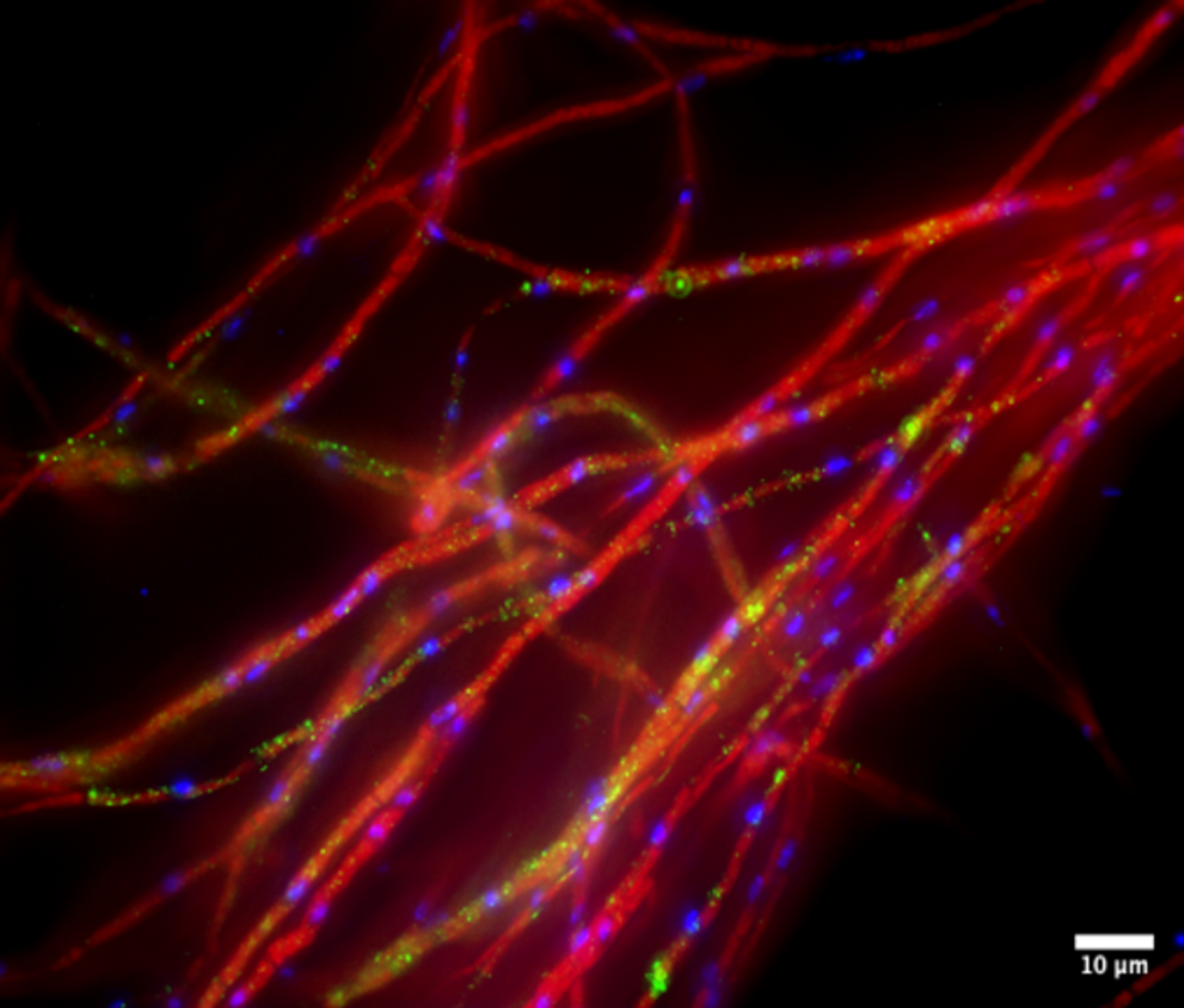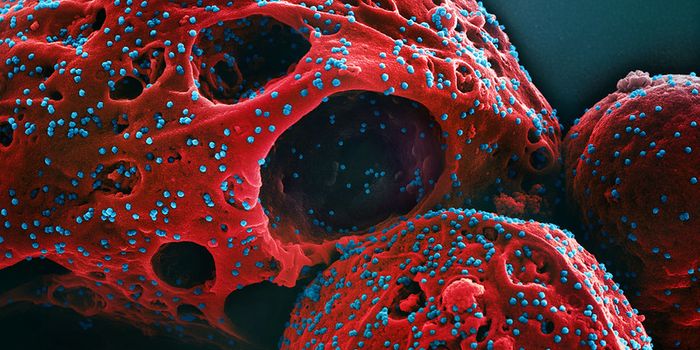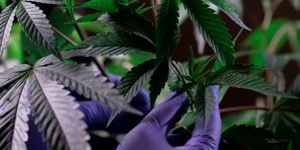Research Suggests Bacteria & Fungi Interact Far More Than We Knew
Genomic sequencing tools have enabled researchers to study microbial communities that are everywhere in our world, even our bodies. The interactions between bacteria and other bacteria, and bacteria and the viruses that infect them are of particular interest to scientists studying human microbiomes or drug resistant infections, for example. A new study has assessed the interactions that can occur between bacteria and fungi. This work, reported in Communications Biology, revealed that fungal organisms can host a wide array of bacteria, and has dramatically expanded what we knew about the so-called fungal microbiome or mycobiome.
“Until now, examples of bacterial-fungal interactions were pretty limited in number and diversity,” noted lead study author Aaron Robinson, a biologist at Los Alamos National Laboratory. “It had been assumed that bacterial-fungal associations might not be that common. But we found a lot of diverse bacteria that appear to associate with fungi, and we detected those associations at a frequent rate.”
These interactions could be affecting human health, since the human gut microbiome is known to include fungi, or climate and ecology, among many other things. Robinson suggested that this study is a place to begin a more detailed assessment of the bacteria-fungi connection.
In this work, the researchers screened 294 samples of fungi that have been deposited in collections in North America, South America, and Europe for bacteria. They grew cultures of fungi and used standard procedures to isolate DNA from the cultures. The scientists looked at the sequences of ribosomal DNA that were present in the DNA samples, searching for evidence of ribosomal sequences from bacteria. Additional work with some of these samples was conducted with fluorescence microscopy, which visually confirmed the presence of bacteria in various types of fungi.
The team also analyzed 408 fungal genomes that can be found in the MycoCosm portal (described in the video), many of which were found to carry bacterial signatures. The researchers identified complete or nearly complete bacterial genomes in many cases, enabling them to compare the genetic signatures of bacteria that are associated with fungi with bacteria that live elsewhere.
This work determined that bacterial signatures were present in about 88 percent of all of the fungal genomes that had been assessed, a much higher rate than previous, smaller studies have found. The study authors noted that fungi that are linked to bacteria "appear to be the rule, rather than the exception." It suggests that we still have a lot to learn about the links between fungi and bacteria, two massive groups of organisms that have colonized nearly every environment on the planet, and which are involved complex processes like plant health, climate, and nutrient cycles.
Sources: DOE/Los Alamos National Laboratory, Communications Biology










